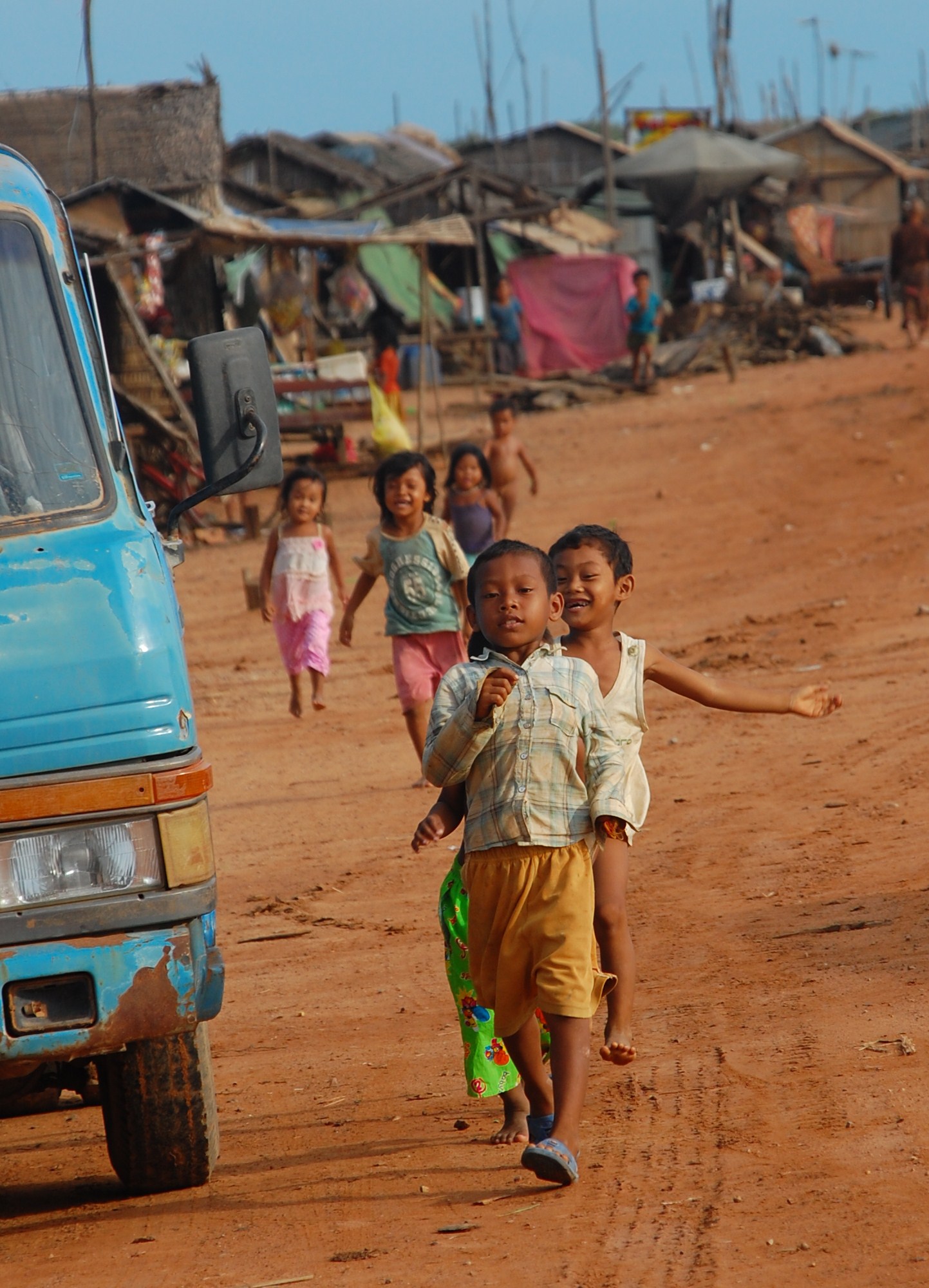Imagine a group of adult athletes and a group of children playing tag on a playground. If you had to bet, who would you put your money on to tire out first? Peoples’ initial reactions, including mine, would predict that the children burn out first solely because they are younger and have less endurance. But it turns out that it is the contrary, and if you are still in doubt, let me explain.
French researchers Sébastien Ratel and Anthony Blazevich from the University of Clermont Auvergne conducted a study looking at three different subject groups. The first group consisted of boys 8-12 years old, the second group included untrained adults, and the third group consisted of endurance athletes who specialized in triathlons. Note that the first and second groups did not engage in regular, rigorous activity like the third group. Ratel and Blazevich asked these groups to perform cycling tasks, and afterwards they measured the subjects’ heart rates, oxygen levels from aerobic metabolism, and lactate-removal rates from anaerobic metabolism to see which group recovered the fastest.
Image Source: Thomas Barwick
Ratel and Blazevich concluded that the children group tired less than the other two groups. In addition, the children had a faster heart-rate recovery and lactate-removal rate, which indicated that they recovered faster from muscle fatigue. The researchers’ explanation for this is based on the children’s physiology; they use more aerobic metabolism, or metabolism through oxygen in the blood, to enhance endurance. However, as the children age, their capacity for aerobic metabolism decreases.
These findings hold significance in developing a child’s athletic ability. Ratel and Blazevich explain that because most children will have great muscle endurance, parents and coaches can focus on other aspects of their athleticism, such as speed, strength, and technique. Furthermore, another application of Ratel and Blazevich’s findings is to help understand how the body’s development affects our risk for disease, such as type 2 diabetes. As a child transitions to an adult, their aerobic fitness diminishes which could be correlated to higher risks for type 2 diabetes in adults. But Ratel and Blazevich emphasized that more research still needs to be done.
If you have ever wondered how a child has a seemingly endless amount of energy to continue playing for long stretches, your answers lie in their physiology. Don’t underestimate a child because they are young and play a lot of the time. Whether betting on a child’s endurance or learning the science behind their development, children may provide key insight into deeper issues such as disease.
Featured Image Source: Cambodia Children running by Chen Shiang Khoo










